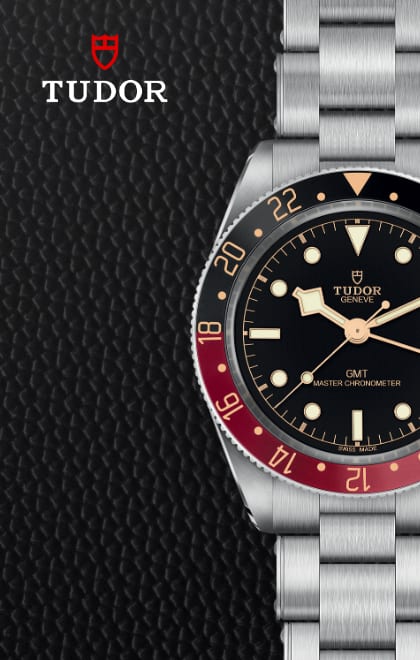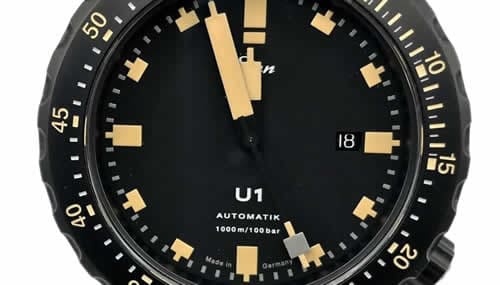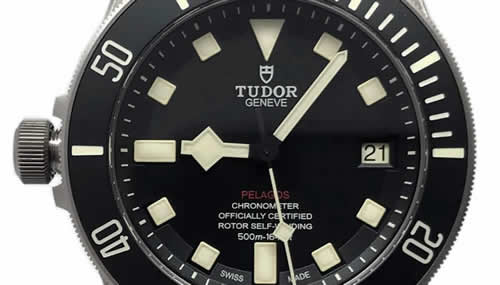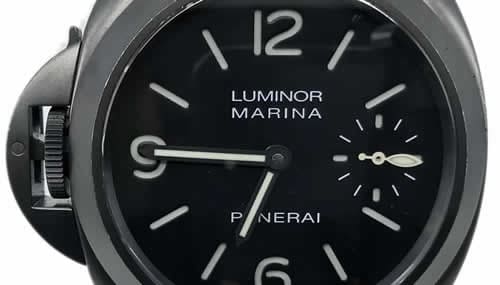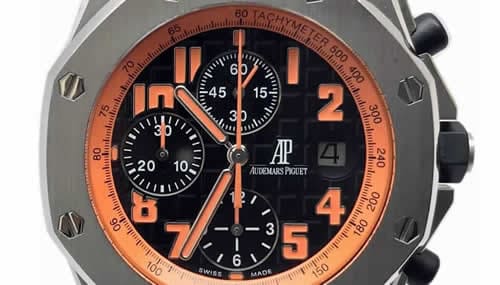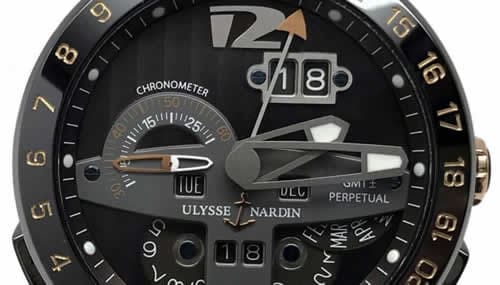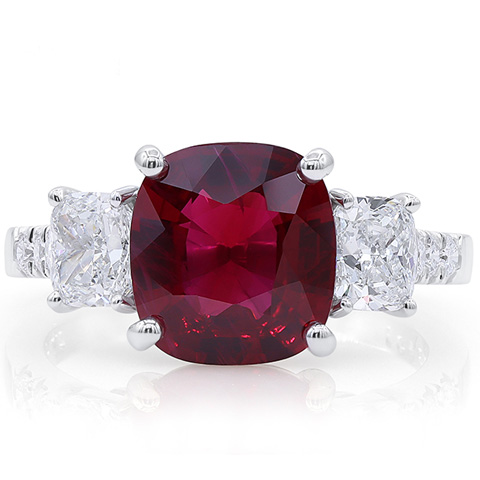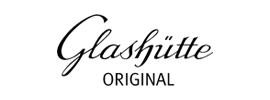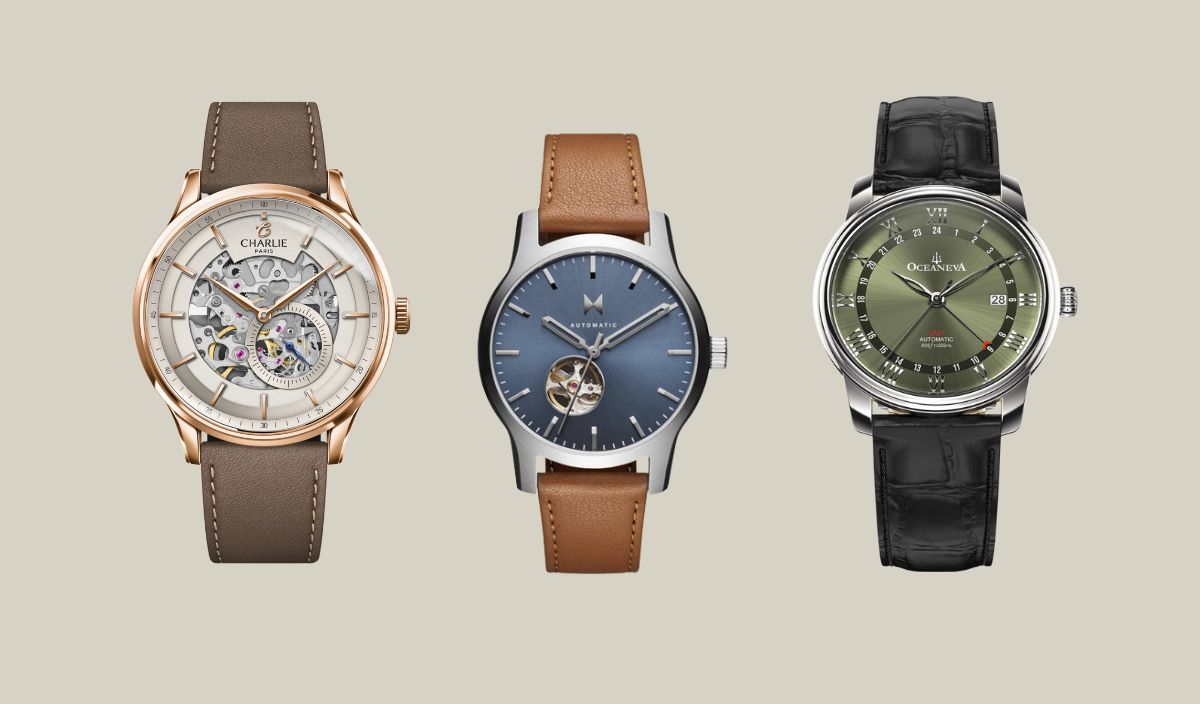
Automatic Watches: EXPLAINED + PROS/CONS (Are They Right for You?)
There was a time when automatic watches were a rare luxury, reserved for only the most prestigious of collectors.
The dawn of the modern age, however, found the emergence of automatic watches to be as popular as ever, and now, it seems like every highly-regarded brand includes automatic watches as their staple entries, as they are often featured as the poster child for the entire watch industry.
Due to their complex nature, technology has done wonders for the manufacturing process, but automatic watches are still very much a luxury item, especially the ones that are equipped with many complications.
But what makes them so unique, and how do they even work in the first place? Today, we will be diving deep to uncover precisely how intricate the design of these technical marvels truly is, as well as the primary differences and unique qualities automatic watches carry.
A Brief History
In the 1770s, with the designs of Swiss watchmaker Abraham-Louis Perrelet, the first mechanical device that could transfer energy created by the user’s body was developed.
Perrelet created a clock that could hold power for eight days straight, and it wasn’t until the French inventor Hubert Sarton improved upon Perrelet’s designs that the idea of an automatic watch came to be.
The biggest step in the automatic watch’s evolution came shortly after World War I when an English inventor named John Hartwood utilized the method to easily transform kinetic power into changing mechanisms when he started to produce watches in 1928.
This gave the European public the chance to use watches capable of holding a 12-hour charge. Eventually, other manufacturers embraced Harwood’s designs and started an era of technological improvement.
Rolex added their new system of weights that could capture more energy, Eterna Watch introduced ball bearings to the designs, and watchmakers were able to establish better control over internal components.
The structural integrity was valued above all else, and the shift in design caused watch companies to switch up their priorities.
What exactly is an automatic watch?
To put it simply, automatic watches don’t utilize batteries to run the mechanism. Instead, they are fueled solely by the wearer’s natural motions. That means whenever you move your hand, the watch gets wound—no manual winding or charging required.
But if automatic watches don’t depend on anything other than the wearer’s movement, why is it that so many watches still come with manual winding options? It’s because, in order to get the most out of the watch’s maximum power reserve, automatic watches will occasionally need manual intervention.
You see, while the automatic winding will do most of the heavy lifting, it still isn’t enough to fully wind it. The power reserve is the period that an automatic watch will run without any motion applied, meaning the more often you wear the watch, the longer it stays on.
But how do they work?
Think of your motions as an engine; if you aren’t wearing the watch, the freely spinning rotor does not move. Once you start moving your wrist, the rotor creates energy, and as the energy gradually makes its way around the device, it is accumulated into the mainspring, causing a chain reaction that is felt all over.
The energy then moves down through multiple gears into the escapement, which measures it into equal parts.
These parts are necessary for the balance wheel to beat at an unchangeable rate, and with every beat of the balance wheel, the gear transfers the measured energy into equal parts of the watch hands, giving us our ticking and making everything run. If you think it sounds easy, then you could not be more wrong.
The whole mechanism is composed of over one hundred miniature parts that all have to run in cohesion to keep everything working. That means that if one of these tiny parts slips up, the entire system malfunctions.
That’s why these watches are viewed as technical masterpieces. The sophistication and complexity are off the charts and require an extreme level of skill to manufacture. Can you see now why they are valued so much more than standard quartz movements?
What are the best features of Automatic Watches?
Automatic watches boast their own unique traits that set them apart from the competition. For starters, most automatic watches feature an open caseback, allowing you to look at the gorgeous mechanism for yourself.
Depending on your watch, it’s possible to see a half-circle-shaped spinning rotor, the balance wheel, the gears, and other components that make up the technical masterpiece.
Skeleton watches allow you a full view from both the front and back, and are even more of a gorgeous testament of what it takes to design something so complex.
Another visual bonus that automatic watches offer is a sweeping hand. Automatic watches take around 6-8 steps a second, giving an elegant sweeping motion of the second’s hand.
This is the result of a smoother and faster beat that is easy to differentiate from a traditionally battery-powered quartz piece. A sweeping second hand is usually the mark of a very high-luxury watch and gives the piece an extra sense of flair.
What are the cons of Automatic Watches?
The first downside to an automatic watch is its power reserve. The mainspring method that automatic watches utilize presents various physical limitations, such as the watch itself not being able to carry a consistent power reserve over a long period of time, in contrast to quartz, whose batteries last for years without any trouble.
This means that if you want the watch to operate consistently, you have to wear it consistently. Another downside to automatic watches is the inconsistent accuracy.
To be more specific, the accuracy is unstable, meaning that automatic watches have the capability to lose seconds one day and gain them back the next, leaving you playing a guessing game as to which time is actually right.
A typical caliber is accurate to +/- 20 seconds per day, while a quartz movement deviates +/- 15 seconds a month, reading much more accurately than an automatic.
Explore the
Biggest Pre-Owned Collection of Luxury Watches
Temperature fluctuations, magnetism, gravity, and friction levels all contribute to the inaccuracy of automatic watches, and unfortunately, this might be a deal breaker to some, but there is simply nothing to be done.
Tips to avoid damage
As with anything you pay for, the last thing you want is to see it damaged. Unlike manual watches, you can’t damage an automatic mainspring by twisting the crown too much.
There’s something called a “slipping spring” at the end of the mainspring that glides around the inside of the barrel after the watch is fully wound, shielding it from overuse.
After all, even though automatic watches aren’t exactly known for their accuracy, the point is to spare the user from having the burden of winding them daily, and to display the flashy technique of technological brilliance that has come from a long history of tinkering and perfecting.
Conclusion
In my opinion, the good that comes from automatic watches far outweighs the bad. No watch is going to all of a sudden break down because you didn’t follow the exact instructions. All it takes is a little bit of care and a lot of love for your piece to run efficiently.
For me, sporting one of the most advanced mechanical marvels on my wrist carries enough charm for automatic watches to be alluring, but you could be different. I hope, at least, you were able to better understand how automatic watches work and how they vary from differently-made pieces.
Whether they fit your taste or not, it’s undeniable how talented watch makers have become, and when I look ahead to the next hundred years or so, it makes me wonder what kind of evolutions are waiting for the watch industry.
About Exquisite Timepieces
Established in 1998, Exquisite Timepieces is your one-stop shop for all things luxury watches! We are an authorized dealer for 60+ luxury watch brands including Omega, Hublot, Seiko, & Longines! We are proud to showcase one of the world’s largest pre-owned watch collections, including renowned brands like Rolex and Patek Philippe. Check out our brand new watch arrivals here and popular pre-owned listings here.


